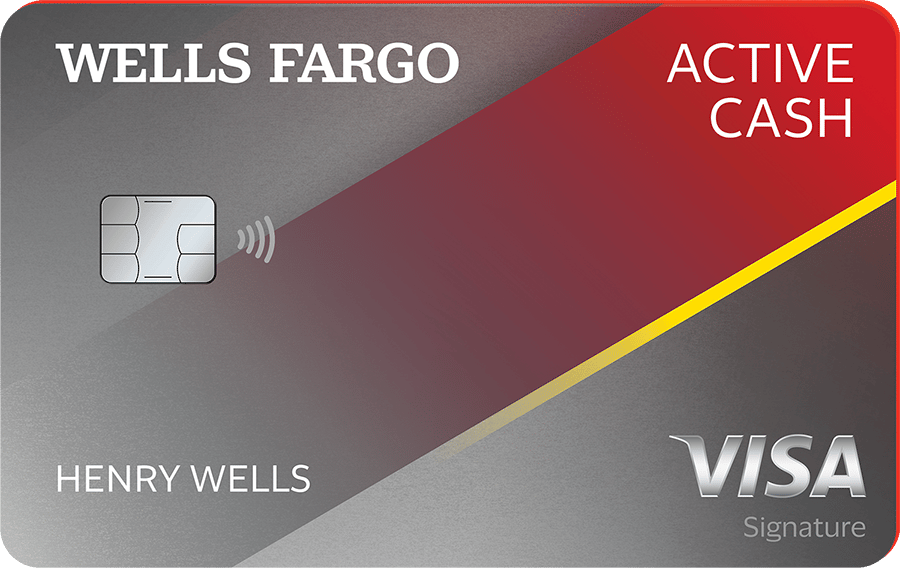5 Things to Know About the JCPenney Credit Card
The JCPenney credit card offers points and perks, but you’ll get more value from a rewards credit card that isn’t tied to the retailer.

Many or all of the products on this page are from partners who compensate us when you click to or take an action on their website, but this does not influence our evaluations or ratings. Our opinions are our own.
The no-annual-fee JCPenney credit card, issued by Synchrony Bank, can come with a tempting introductory offer upon checking out in stores or online, but it may not be the best card for you.
There are two different versions of the card — one can be used only at JCPenney, and the other can be used wherever Mastercard is accepted. The card occasionally offers special financing, which can provide a useful interest-free window, but you'll have to pay off the bill on time to avoid pricey debt. And, while the value of points is high, the card's earning caps and reward redemption restrictions can make this card less appealing.
Depending on how you plan to use the card, a general-purpose rewards credit card that isn’t tied to one retailer may offer more value and rewards with fewer limitations.
Here’s what you can expect from this card.
You can prequalify for the credit card on the issuer’s website, giving you a chance to understand your odds of approval. Your credit score won’t be impacted unless you accept the terms and officially apply for the card.
1. There's an introductory offer
As a new cardholder, you can get 5%–35% back on select items on your next purchase (as of May 2024). If you're hoping to buy some fine jewelry (which qualifies for 35% back) or make another major purchase, this introductory offer could be pretty valuable. But most people would be better off choosing a card with a more robust introductory offer.
For example, with the $0-annual-fee Wells Fargo Active Cash® Card, you could work toward a larger sign-up offer (from all eligible purchases, not just JCPenney shopping) in a few months: Earn a $200 cash rewards bonus after spending $500 in purchases in the first 3 months. If you’re likely to meet the spending requirement with budgeted purchases, it’s an option worth considering.
2. Points have a high value, but watch out for restrictions
As a cardholder, you’ll be automatically enrolled in the JCPenney rewards programs. Cardholders earn 1.5 CashPass points per dollar spent at JCPenney, in store or online. If you have the Mastercard version of the card, you’ll also earn 1 point for every $5 spent on other purchases. There’s a maximum cap of 2,000 points that you can earn per purchase.
Though that's a paltry earning rate, points are worth 5 cents apiece. So you'll actually earn 5% back on JCPenney purchases. If you regularly shop at JCPenney, that's a solid earning rate. But big spenders, beware: You can't earn points on more than about $1,333 spent on a single purchase with the retailer. If you plan to use the card to also earn rewards outside of JCPenney, you'll earn them more quickly with a different credit card.
3. Points are issued as certificates
The JCPenney credit card issues rewards as certificates. At 200 points earned, you get a $10 certificate. Points won’t expire as long as the account is active, meaning you’ve earned points at least once in the last 12 months. Certificates will, however, expire. Your reward certificate will state the date it expires.
A cash-back credit card can offer more flexibility and fewer restrictions. A card like the U.S. Bank Cash+® Visa Signature® Card earns 5% cash back on up to $2,000 spent in two categories of your choice from a list of options (including department stores like JCPenney), 2% cash back on one everyday category from a list of options, and 1% back on everything else. It allows you to redeem cash back as a statement credit or a deposit into an eligible U.S. Bank account.
4. Special financing options can be risky
The JCPenney credit card can offer a decent interest-free window to pay down a purchase, but make sure to understand which financing offer you’re getting and how it works. Otherwise, you could end up in debt.
Occasionally, the card offers two types of special financing offers ranging from six months to 30 months:
No interest for a certain number of months: This option doesn’t start charging interest until after the promotional period ends. In this way, it functions like a standard 0% intro APR offer.
No interest “if paid in full" within a certain number of months: This option defers interest for the duration of the promotion and applies it to the bill if you don’t finish paying off the purchase in full by the deadline. So, if you still owe pennies on the original purchase after a promotional window, interest will be charged for all months included in the offer. If you’re not prepared for this kind of expense, it can easily catapult you into debt.
With a steep variable APR of 34.99% (as of May 2024), it’s critical to avoid carrying a balance on this card unless you can pay it down within a promotional interest-free window.
Other rewards credit cards can offer a safer and more straightforward 0% intro offer. The aforementioned Wells Fargo Active Cash® Card offers 0% intro APR on Purchases for 12 months and 0% intro APR on Balance Transfers 12 months from account opening on qualifying balance transfers, and then the ongoing APR of 19.24%, 24.24%, or 29.24% Variable APR.
5. The perks are few
Every year, on your birthday, you’ll get a $10 CashPass Reward as a gift if your account is active and in good standing. Occasionally, you’ll also have access to bonus events and coupon offers.
While these perks might offer savings, you can find more on general purpose credit cards. For instance, American Express credit cards have AmEx offers that provide targeted discounts with specific retailers that sometimes include department stores. Terms apply. Some credit cards may also offer benefits that provide discounts or other ways to save.
Find the right credit card for you.
Whether you want to pay less interest or earn more rewards, the right card's out there. Just answer a few questions and we'll narrow the search for you.


